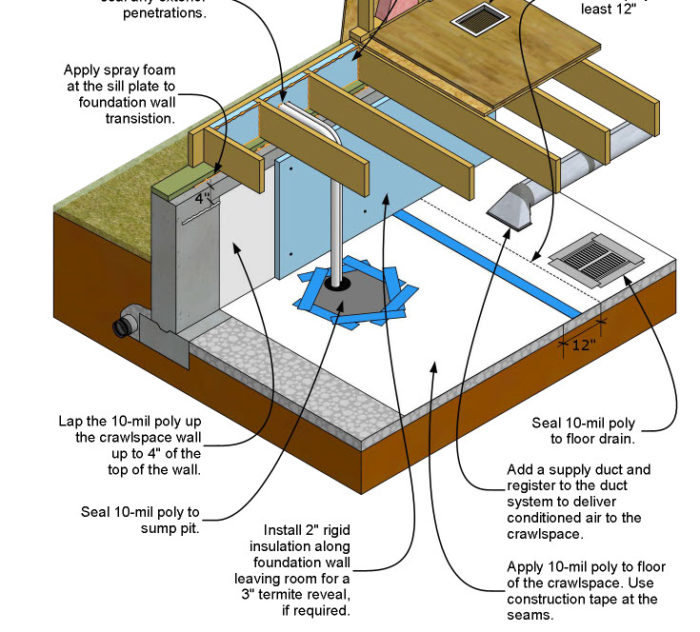Owen Lucas
$100 Site Donor 2023
- Joined
- Sep 5, 2021
- Messages
- 3,592
There is a crawls space which is accessed by a basement. It appears to be filled with sand, there is a room above it. There is a loose vapor barrier above the space, looks intact, I cant tell if it's a good job but it is intact.
The basement has a cat urine smell / damp which appears to be coming from this crawl space since it is stronger int his area. There are no cats and though the previous owner had one, this area is closed off with a board.
I am thinking of digging a pit, lining it with expanded steel, and connecting a radon fan to suck the air out in order to dehuminify the soild and move air out of the basement area.
This is a 20 year old house.
What
 would you do?
would you do?


The basement has a cat urine smell / damp which appears to be coming from this crawl space since it is stronger int his area. There are no cats and though the previous owner had one, this area is closed off with a board.
I am thinking of digging a pit, lining it with expanded steel, and connecting a radon fan to suck the air out in order to dehuminify the soild and move air out of the basement area.
This is a 20 year old house.
What

